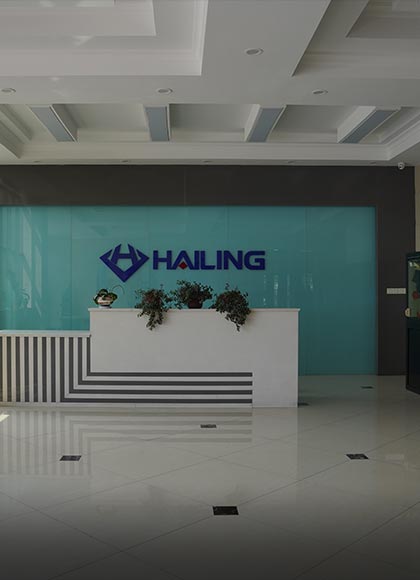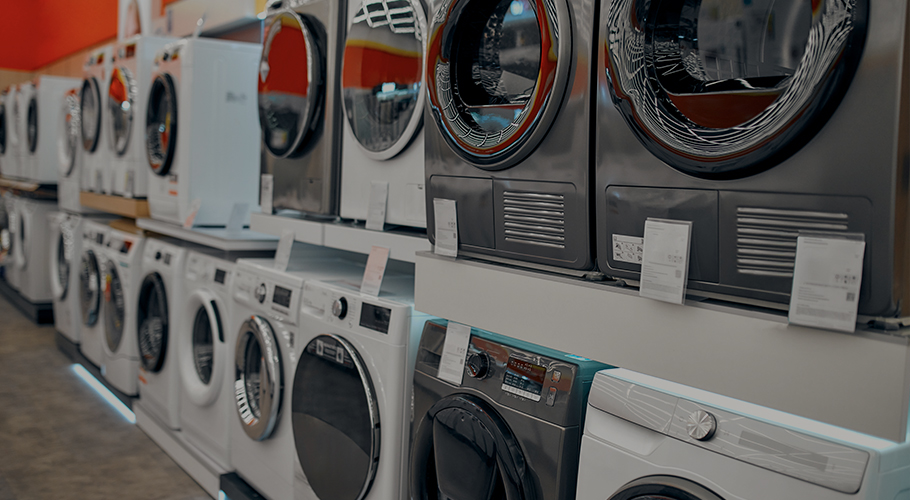Carbon brushes are widely used in AC/DC generators. AC/DC generators convert mechanical energy into electrical energy. A rotating rotor generates a magnetic field, which is then converted into electrical energy through the principle of electromagnetic induction. Carbon brushes are a key component connecting the rotor to the external circuit.
First, carbon brushes conduct current in AC/DC generators. As the rotor rotates, the carbon brushes contact the slip rings on the rotor surface, generating a current through friction. This current is then conducted through the carbon brushes to the external circuit for use by power supplies or other devices. Therefore, carbon brushes serve as a bridge connecting the rotor and the external circuit in the generator.
Second, carbon brushes also function as electrical brushes. In AC/DC generators, slip rings on the rotor surface are typically made of carbon material due to its excellent electrical conductivity and wear resistance. When the carbon brushes come into contact with the slip rings, friction between them maintains the slip ring's surface finish and ensures stable current transmission. Furthermore, the carbon brushes remove oxides or dirt from the slip ring surface through friction, maintaining good electrical conductivity.
Carbon brushes also serve as a cooling mechanism. In high-power AC/DC generators, the high currents involved generate a certain amount of heat due to friction between the carbon brushes and the slip rings. To prevent overheating, they are typically fitted with cooling devices, such as fans or coolant. This effectively reduces brush temperature and ensures proper operation.
Overall, carbon brushes play a crucial role in AC/DC generators. They not only conduct current and connect the rotor to the external circuit, but also maintain the slip ring surface finish, remove dirt, and, through cooling, reduce brush temperature. These functions make carbon brushes an indispensable component in AC/DC generators.





























